Preventing cross-contamination in your client's homes or workplace is not something that can be done as one separate activity. Instead, procedures must be integrated into nearly every task and supply choice you make.
BRING AS FEW PATHOGENS INTO THE HOME AS POSSIBLE
-
Hygiene and grooming matters: Our cleaners arrive in clean clothes, long hair is held back, and nails are short and clean. A cleaner who has had a fever in the past 24 hours, a time when viruses spread easily, are not assigned to clean in homes.
-
Make sure you have correctly cleaned laundry. This means that we bring the cleanest possible microfiber into the home. Doing this limits cross-contamination from poor laundry practices and maximizes the microfiber’s ability to hold pathogens. We have our cloths professionally laundered at Blusion Wash + Dry in Atlanta.
-
We wipe the cleaning kit down before arrival so that pathogens from the previous home are not transferred to the current assignment.
ALWAYS KEEP HANDS CLEAN
According to the CDC, proper hand-washing is the number one way to prevent the spread of germs. Thus, proper and regular hand-washing is essential in all stages of house cleaning. We also provide disposable gloves, since gloves can become contaminated during cleaning, resulting in bacteria being transferred to another room. For example, gloves are changed and disposed of after cleaning a toilet.
LEVERAGE THE CLEANING POWER OF MICROFIBER
Microfiber is key to sanitary cleaning. Microfiber is the backbone of our cross-contamination procedures. A study done at the UC Davis Medical Center showed that Microfiber products attracts and holds up to 99% of bacteria and other pathogens, but they need to be high-quality microfiber towels and microfiber floor mops. Cleaning with cotton involves moving the pathogens off the surface by pushing and wiping, and that process results in only 33% of the bacteria being removed therefore increasing the chance of cross-contamination. Here are just a few ways you can use microfiber to avoid cross contamination:
-
Use color-coded microfiber. We use a two-color coding system for our microfiber. The two-color system helps keep cloths used in heavily soiled areas separate from light cleaning tasks such as dusting. Our color coding system minimizes the possibility of mistakenly using a contaminated cloth. If you would like to use more color coding that is fine. For us, the simpler system works best.
-
Fold your cloths into fourth's to reduce cross-contamination. We use the microfiber cloth folded in fourths to make eight cleaning surfaces per cloth. When you always have a fresh cleaning side, this will limit spreading bacteria.
-
Use a new cloth after cleaning high risk sources of possible cross contamination. This includes sinks, toilets, or heavily soiled areas.
-
Use the right amount of product on the cloth. Wet or very damp cloths impair the microfiber’s ability to latch onto germs, so we change our cloths frequently.
KNOW YOUR CLEANING PROTOCOL & FOLLOW IT EXACTLY
Having a procedure in place is always a best practice to help avoid cross contamination and the spreading of pathogens. It helps keep your cleaning organized, ensuring you aren't going over the same spots multiple times. Always clean top to bottom, back to front, left to right, and floors last. This procedure helps eliminate dirt, germs, and pathogens from being spread to previously cleaned areas. Make sure you are keeping brushes for kitchen and bath separate to minimize spreading mold, mildew, e-Coli, and other pathogens.
Don't forget to pay attention to touch-points. In kitchens and baths, particular attention is given to touch-points, such as handles and knobs. These tend to have a higher density of contaminants and will be likely touched again soon, which could spread contamination in a freshly cleaned home.
FINISH UP WITH THE BEST FLOOR CLEANING METHODS
-
Use multiple microfiber mop pads. Your mopping procedures can make or break your cross-contamination protocol for floors. We prevent cross-contamination by switching microfiber mop pads as they become soiled. We never use a mop pad from the bathroom or kitchen in other areas of the home.
-
Abandon the water bucket. We squeeze floor cleaner directly on the mop pad or spray it on the floor to eliminate the use of a bucket dirty of water. Water buckets for rinsing mop heads hold dirty water, which can easily drip onto surfaces, get on the cleaner's hands or gloves, or directly transfer pathogens back to the mop head. Lesson here: don't push more dirty water on your floors!
-
Use HEPA filter vacuums. Our vacuum, the Shark Lift-Away, has a completely sealed system with HEPA filter. This filter captures 99.97% of particles, due to multiple levels of filtration. This is essential in keeping dust from resettling and re-contaminating floors or furniture.
MAKE SURE CLEANERS KNOW AND USE THE PROTOCOLS
Train, train, train. The most critical process in preventing cross-contamination is staff training and retraining. Preventing cross-contamination involves a systemic approach and a system only works if you work it.













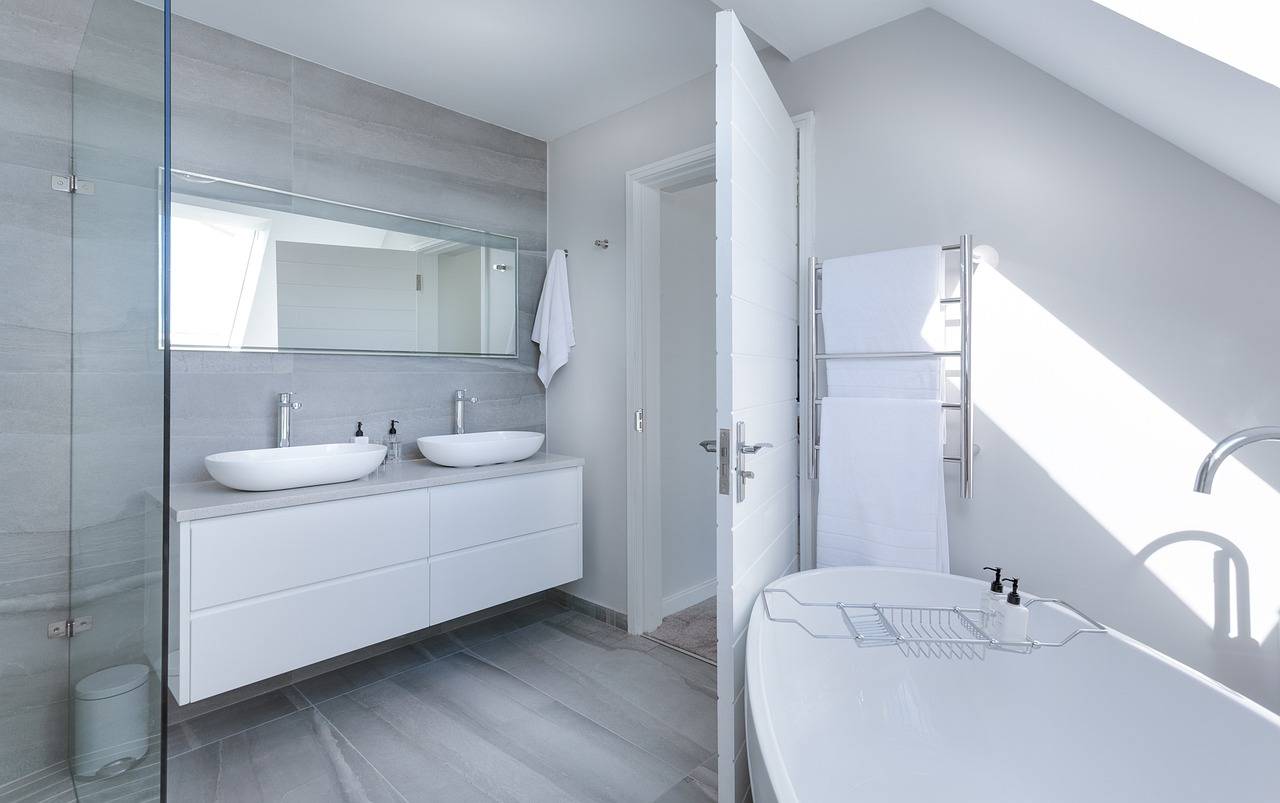

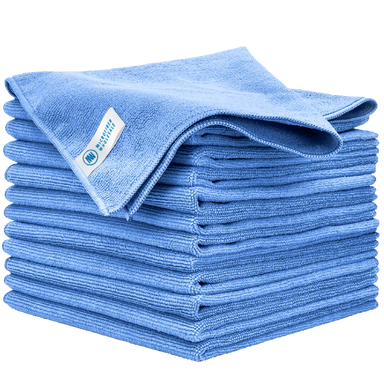
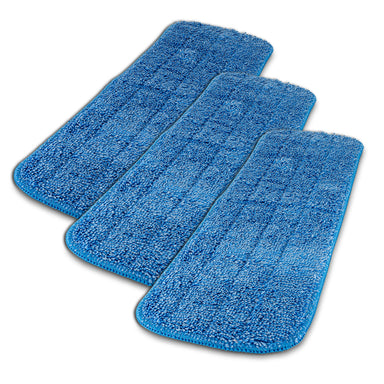
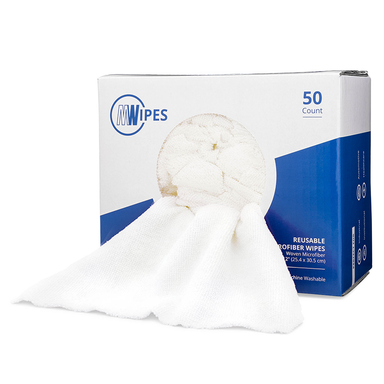
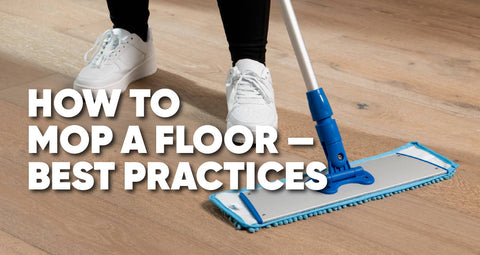
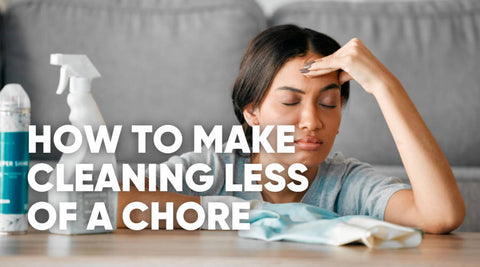
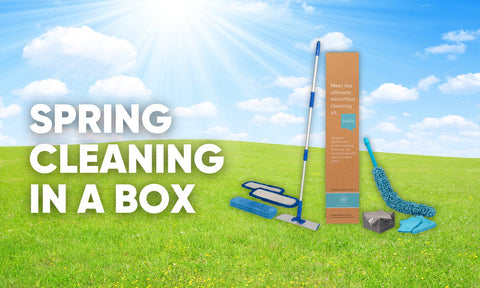





 By continuing with your order, you acknowledge and agree to the following:
By continuing with your order, you acknowledge and agree to the following: